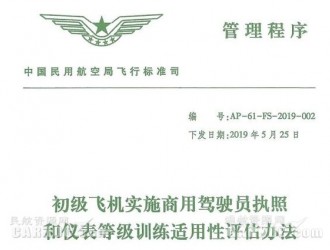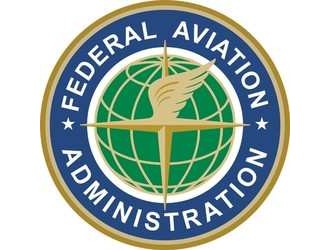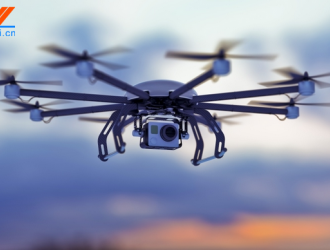
In the past year, rival Western combat aircraft manufacturers have expressed their willingness to consider Indian production of the F-16, F/A-18, Gripen or Typhoon. “A long-term solution to the depleting force structure, preferably from indigenous sources, needs to be taken on the highest priority,” said Ankur Gupta, vice president A&D at Ernst & Young India.
Commenting on the agreement, Dassault chairman and CEO Eric Trappier said that his company “will endeavor to ensure ambitious industrial cooperation” under the “Make in India” policy. But an analyst not willing to be identified told AIN: “Shifting production to India will not create jobs for the French, which is a sensitive issue there. Besides, the cost of the Rafale is exorbitant.” The analyst noted that F-16s are in Pakistan’s inventory and the F/A-18 “had massive test failures during trials of the MMRCA. It will be difficult to convince the Indian Air Force to accept them.”
Alternatively, India could likely order more Sukhoi Su-30s to fill its immediate requirement for at least 90 fighters. Simultaneously, India has also speeded negotiations with Russia on the delayed project for the joint development of the fifth-generation fighter aircraft (FGFA). Each country plans to invest $4 billion in the FGFA.
According to Indian television station NDTV, India is paying 15 percent of the cost of the Rafales upfront; France will invest 30 percent of the total in Indian aeronautical research programs; and another 20 percent into local production of components for the aircraft. Deliveries will take place between 2019 and 2022.





